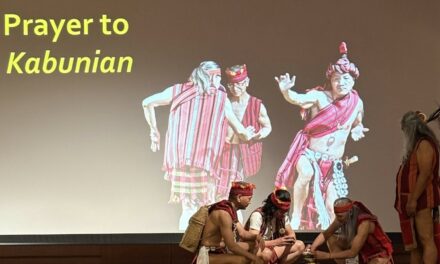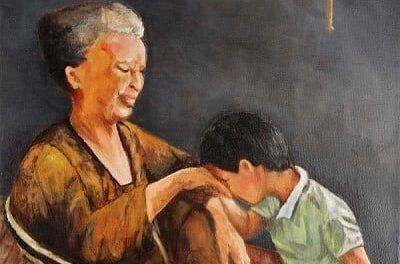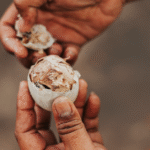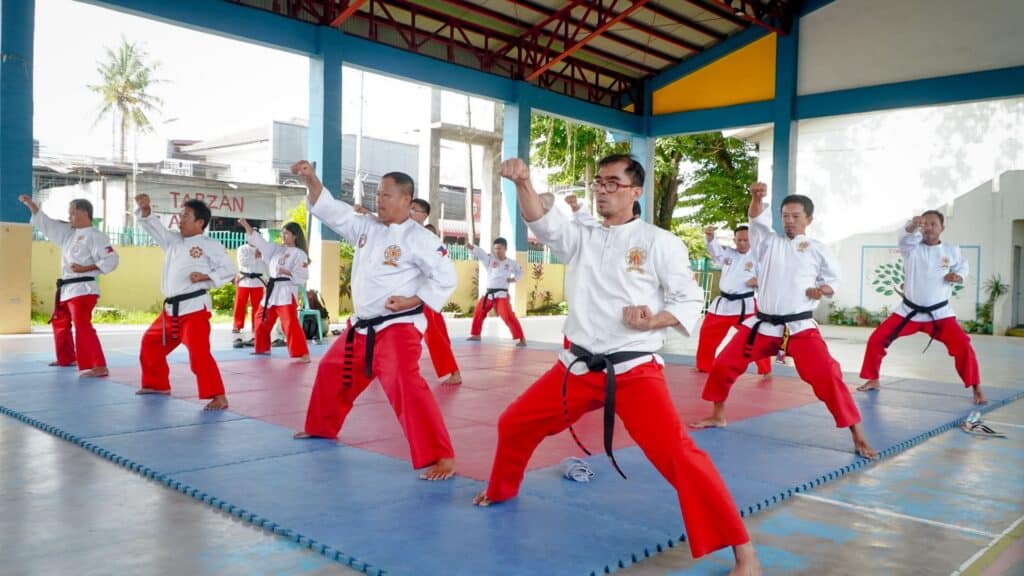
Prague, Czech Republic – If Japan has Karate and South Korea has Taekwondo, then the Philippines has its own unique martial arts. While many Filipinos are familiar with this, it might be less known to those outside the country. This martial art was once a popular sport among almost everyone I knew growing up, and even today, it continues to be practiced and promoted by Filipinos and enthusiasts who want to share and preserve our rich combat traditions. Filipinos are not only world-class MMA fighters and boxing champions, we are also martial artists by heritage.
Sikaran is a traditional Filipino martial art and contact sport primarily focused on foot fighting, where practitioners use their feet for striking and hands for parrying or blocking attacks. It originated in the province of Rizal, Philippines, and has ancient roots, believed to have been practiced long before Spanish colonization in the 16th century.
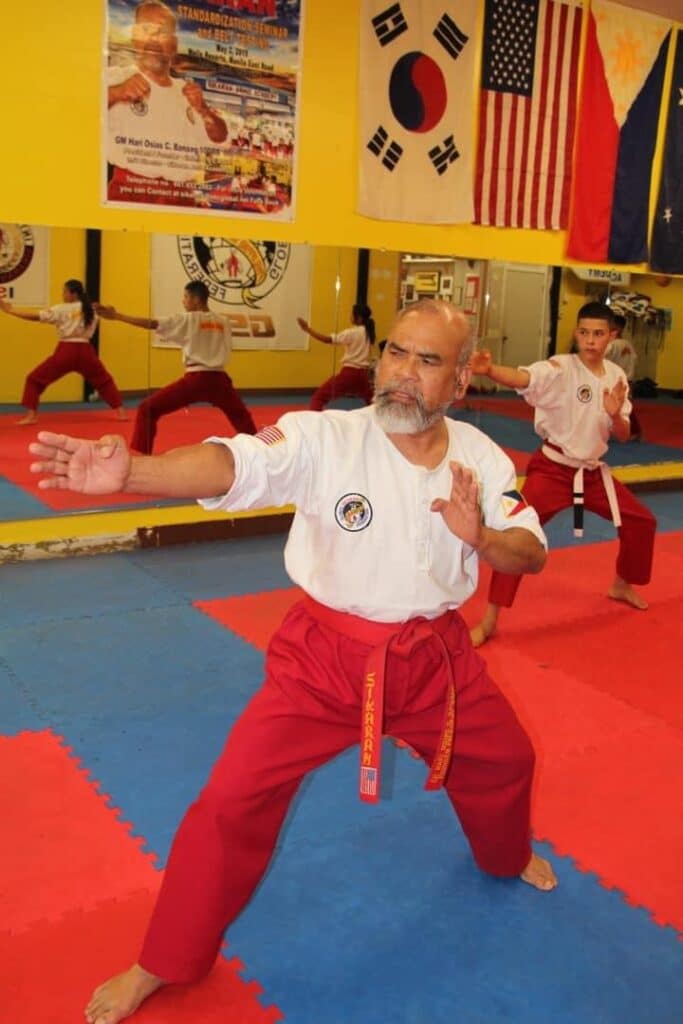
The term “Sikaran” comes from the Filipino root word “sikad,” which means “kick,” and the art emphasizes kicking techniques that make up about 90% of its combat system, with hand strikes being used mainly for defense. 1 Sikaran was originally developed as a pastime among farmers in towns such as Baras, Rizal. These farmers would mimic the natural defensive movements of animals such as cows and horses during their daily work, making the martial art both a sport and a practical self-defense system.
RECOMMEND READS:
- How to Protect Your Skin During the Cold Months: 5 Tips for Filipinos Living in the Czech Republic
- Going Home for the Holidays? We Gotchu, Your OFW Christmas Travel Checklist is Here!
- Not-So-Exotic, Totally Yummy 6 Filipino Dishes to Try
- The Philippines’ Tabo Culture
- AirAsia Expands Routes: Direct Flights from Manila to Istanbul via Kuala Lumpur Begin November 14
The martial arts was further developed and promoted by individuals like PAF Retired Lt. Col. Meliton C. Geronimo in the mid-20th century, leading to its propagation locally and internationally. The practice involves strategic use of a signature kick called “Biyakid”.
Besides the physical techniques, Sikaran teaches a philosophy that includes discipline, respect, and personal growth. It’s a blend of physical and mental training as well as leadership development.
Sikaran Techniques
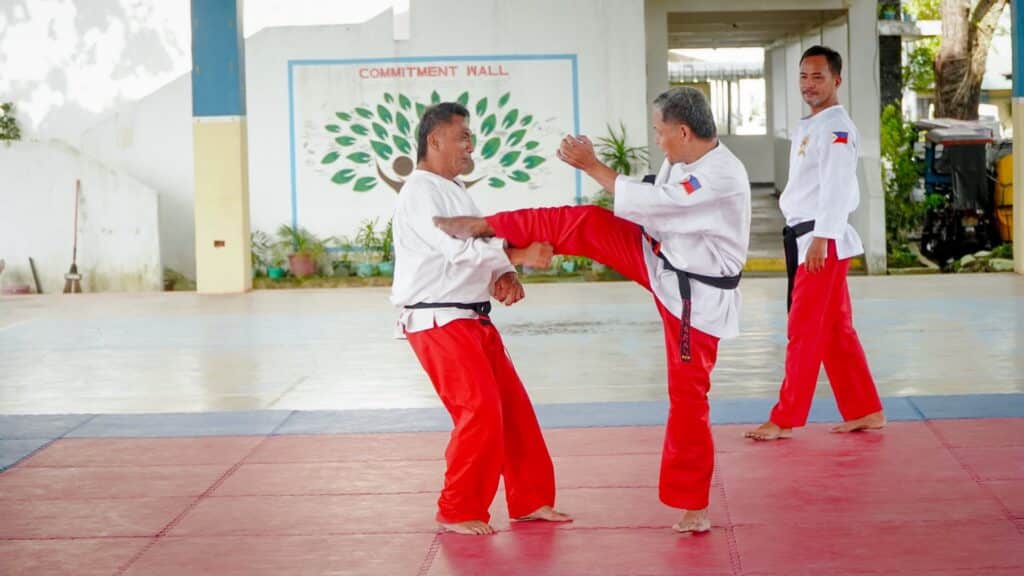
As mentioned before, Sikaran is primarily a kicking art. Signature kicks include:
Biyakid (Signature Kick): A powerful, spinning or hooking kick targeting the opponent’s head or neck. It is unique for its “axe-like” movement, making it both swift and forceful.
Sikad Panlikod: A backward or reverse kick, delivered to surprise opponents.
Sikad Paluhod: A low kick targeting the knees or shins, aimed at destabilizing the opponent.
Sikad Sa Puklo: An upward kick designed to attack the groin area.
Sikad Pangliko: A roundhouse kick, commonly used in sparring and competition.
Hand Techniques:
While hand strikes are limited, Sikaran uses the hands mainly for defense, parrying, and blocking, rather than offensive blows. When used, they focus on open-hand blocks or swift redirections.
Symbolism of the Sikaran Uniform
The uniform of Sikaran typically consists of a simple traditional outfit, often resembling a martial arts gi or comfortable athletic wear, designed to allow ease of movement for kicking techniques, which are central to Sikaran. In some regions, practitioners wear loose pants and a shirt or sometimes a sleeveless top to stay agile during training and competition.
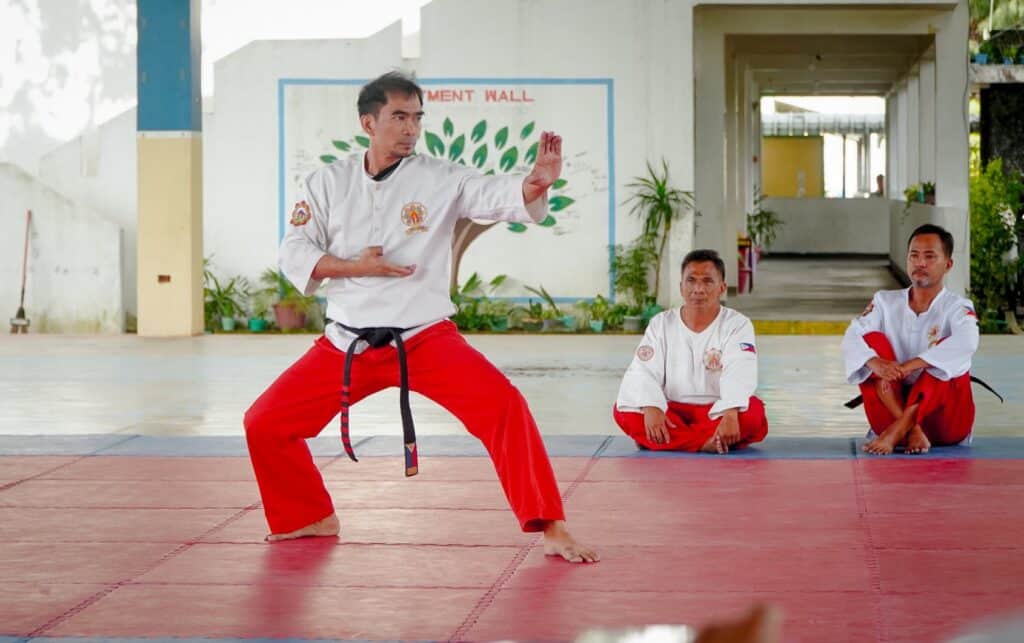
Modern Day Sikaran
Like many indigenous Filipino arts, Sikaran was historically passed down orally from generation to generation. This oral tradition means Sikaran embodies not only physical techniques but also stories, language (with many terms rooted in Tagalog), and philosophies unique to Philippine culture.
Today, Sikaran is practiced in the Philippines and internationally, often through clubs or federations. Efforts are ongoing to promote it as a Filipino cultural heritage and maintain standardized rules for sport and demonstration.
Tag someone you know who practices the art of Sikaran!
REFERENCES:
- Wikipedia contributors. (2025, July 27). Sikaran. Wikipedia. https://en.wikipedia.org/wiki/Sikaran ↩︎

